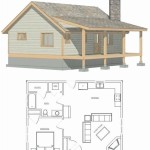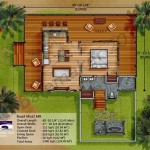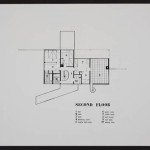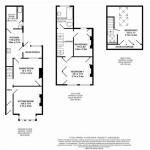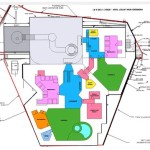Floor Plans for Houses Without Basements: Essential Aspects to Consider
When designing a floor plan for a house without a basement, several essential aspects require careful consideration to ensure functionality, efficiency, and comfort. Here are some key factors to keep in mind:
1. Maximizing Space Utilization
In houses without basements, every square foot of space is valuable. Therefore, maximizing space utilization is paramount. Consider open floor plans that seamlessly connect living areas, reducing wasted space and creating a spacious atmosphere. Built-in storage solutions, such as cabinets and bookshelves, can also help declutter and optimize space.
2. Natural Light and Ventilation
Natural light and ventilation are crucial for a comfortable living environment. Incorporate large windows and skylights to allow abundant sunlight to penetrate the home. Cross-ventilation, achieved through strategic placement of windows and doors, promotes air circulation and reduces reliance on artificial lighting and air conditioning.
3. Efficient Storage Solutions
Without a basement, finding ample storage can be a challenge. Plan for designated storage areas throughout the house, including closets, pantries, and built-in cabinets. Consider vertical storage solutions, such as floor-to-ceiling bookshelves, to maximize space utilization.
4. Smart Kitchen Design
The kitchen is often the heart of the home, so its design must be functional and efficient. Create a U-shaped or L-shaped kitchen layout to optimize the workflow and minimize steps. Incorporate a pantry or appliance garage to keep frequently used items within easy reach.
5. Flexible Layout
Consider designing a flexible layout that can adapt to changing needs over time. Multi-purpose rooms, such as a home office that can double as a guest bedroom, provide versatility. Built-in furniture, such as Murphy beds, can also transform a space from one function to another with ease.
6. Accessible Bedrooms
Bedrooms should be situated on the main floor, ensuring accessibility for all occupants. Plan for wide hallways and doorways to accommodate wheelchairs or walkers if necessary. Consider incorporating a first-floor master suite for privacy and convenience.
7. Outdoor Living Spaces
In lieu of a basement, consider enhancing outdoor living spaces. A deck or patio can extend the living area and provide a relaxing retreat. Plan for privacy screens or landscaping to create a private and inviting atmosphere.
Conclusion
Designing floor plans for houses without basements requires thoughtful consideration of space optimization, natural light, storage solutions, and flexible layouts. By incorporating these essential aspects, you can create a functional, comfortable, and stylish home that meets the needs of your household.

Traditional House Plan With Craftsman Details Ranch Plans New Small

Affordable House Plans 800 To 999 Sq Ft Drummond

Ranch Style House Plan 3 Beds 2 Baths 1493 Sq Ft 427 4 Plans Basement Bedroom

Four Bedroom Home Design With Office Plan 4968

Floor Plan Of House 1 For The Ground Left First Center Scientific Diagram

Slab Foundation House Plans Floor Drummond

Small Cottage Plan With Walkout Basement Floor

House Plans With Basements Dfd Blog

Drive Under House Plans With Basement Garage The Designers

House Plans With Basements And Lower Living Areas

